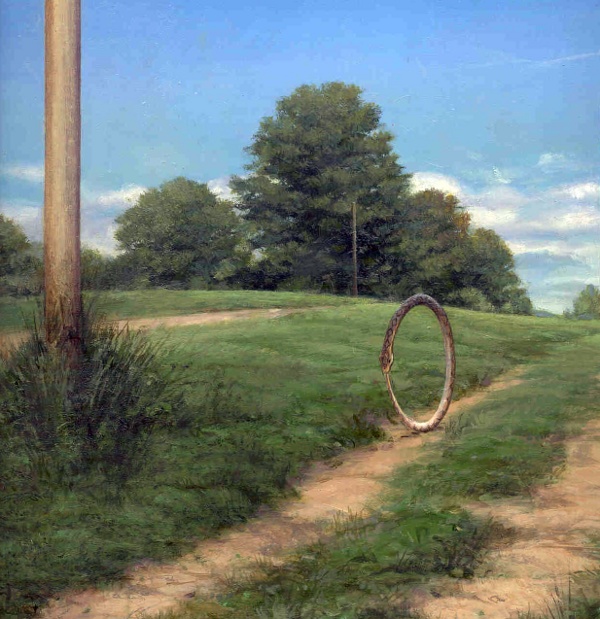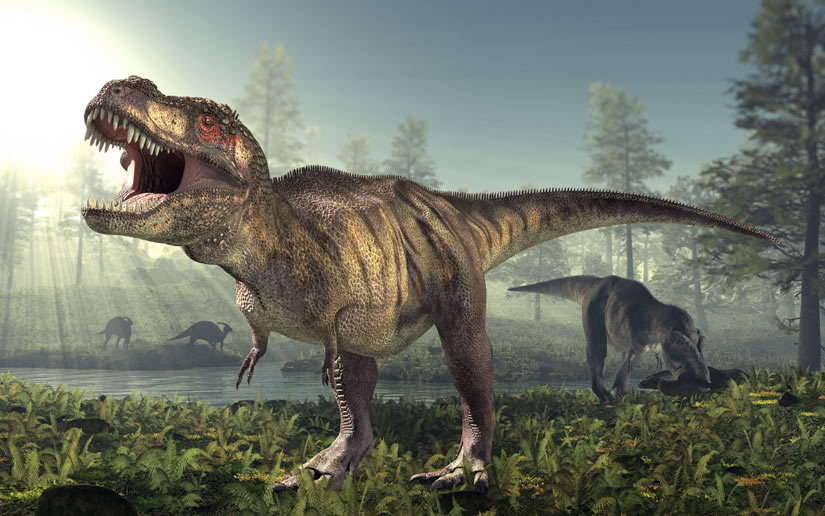 |
THE FLUBDUDS
Appearance: sheep-like in body shape
Food Source: prairie grass
Geographical Location: Steppes of Eurasia
Habitat: Prairy
Intelligence: Dim-witted
Status: Speculatory |
|
|
|
Our next adventure takes us to the Prairie grass lands of North America. The creature we are searching for is the so called "Flubduds". These seemingly goat-like animals are said to have very short, skinny legs in the front and rather thick, trunk-like legs in the back. They eat all the grass they are able to eat around them. The biggest problem we've found regarding the Flubdub's existence is the fact that they apparently unable to move from their spot.
This raises three main questions we are finding difficult to answer:
1. How were they able to be born this way if their parents and their parents' parents were unable to reach the other species to mate?
2. How and why did their legs evolved to be so small, surely this must be a disadvantage?
3. If they could somehow function as an animal in the wild, how they could live until all of the grass grew back without starving to death?
Here is what we determined:
In order to have these mammals reproduce without a partner of the opposite sex, the Flubduds must go through the process of
parthenogenesis. The possibility for this process to happen in an animal such as the flubduds is slim. However, its possible they could have evolved in this way. Through the use of parthenogenesis, reproductions occurs with an unfertilized (most commonly female) gamete. These organisms most commonly only give birth to female offspring and eventually all of the males would die off. The flubduds would need to be an entirely female species to fit this description.
On to the next issue, why would evolution be so cruel as to give them tiny front legs? One reason why this could be happening is that the front legs of the Flubduds are in the process of becoming a
vestigial trait. We as humans have some of our own vestigial traits such as the tail bone or your wisdom teeth. Another organism with a famous vestigial trait is the whale. Whales still contain the bones that were once used as legs (see Figure 3.1). While we don't think that these Flubduds are going to join the fish any time soon, their front legs may serve a new purpose some day.
or their tiny little arms. Before the untimely death of every dinosaur known to man, the T-Rex was one of the most successful hunters known to dinosaur-kind. One paleontologist, Gregory M. Erickson author of
If T. rex fell, how did it get up, given its tiny arms and low center of gravity?, wrote that the T Rex could have gone for months without using its arms. If the Flubduds are able to live long enough to carry on their species, we believe that it could be possible for them to head in this direction. While they are not hunters like the T-Rex, it appears that their evolution may be headed in a similar direction. We've determined that the Flubdubs would successfully be able to walk if:
a. Their front legs were longer, allowing them to feed like a typical
grazer.
b. Their front legs grew shorter, allowing them to walk on their hind legs similar to a human or t-Rex
From what we know of the flubdubs, they've moved on from being typical grazers and are working to becoming
bi-pedals.
Finally, in order for these Flubduds to continue as a species, they need to be able to live long enough to reproduce, which give them the opportunity for evolution to take place. To determine wether or not these animals would be able to survive long enough for the grass to grow back, they would need to be able to go without food for a little less than four weeks, which is how long it takes for
big bluestem grass(the most common grass growing on the prairie) to germinate. Due to the fact that they are such slow-moving (or no moving) animals, they use very little energy, and therefore do not need to eat much food to sustain themselves.
Hibernating animals such as bears can go up to one-hundred days without eating.
While we are unable to prove that the Flubduds exist, we have determined that it could be possible for an animal to live under these conditions.














